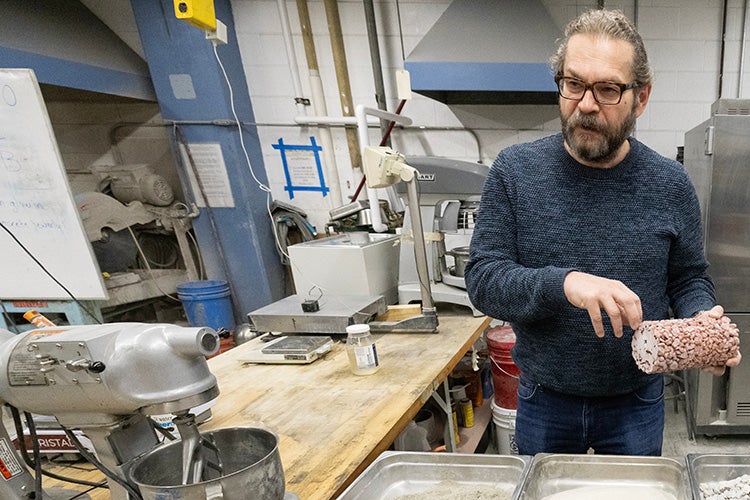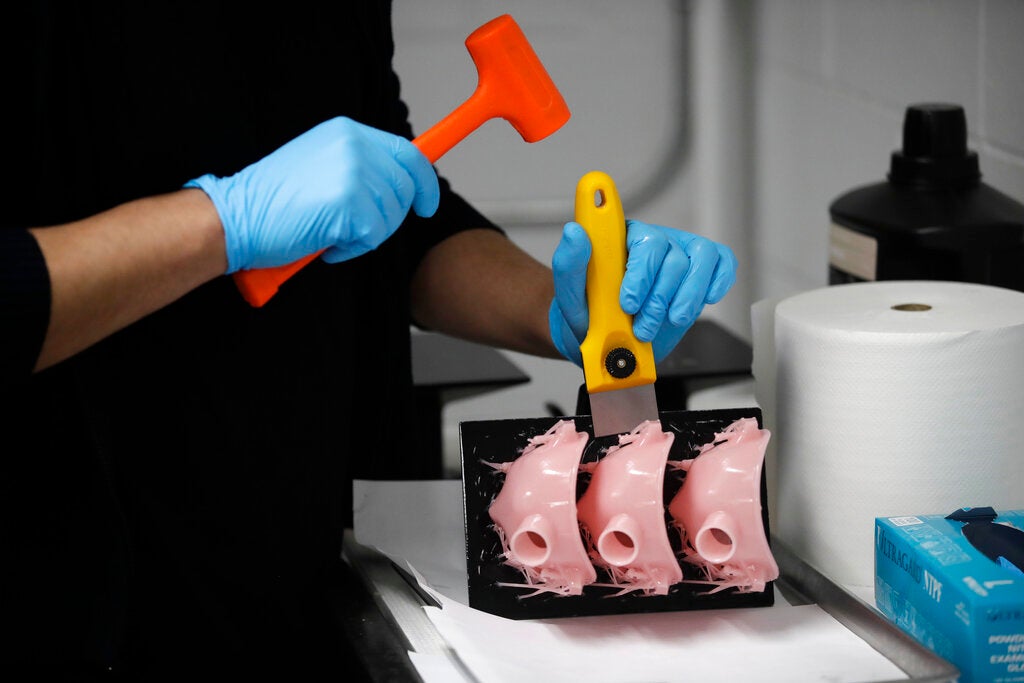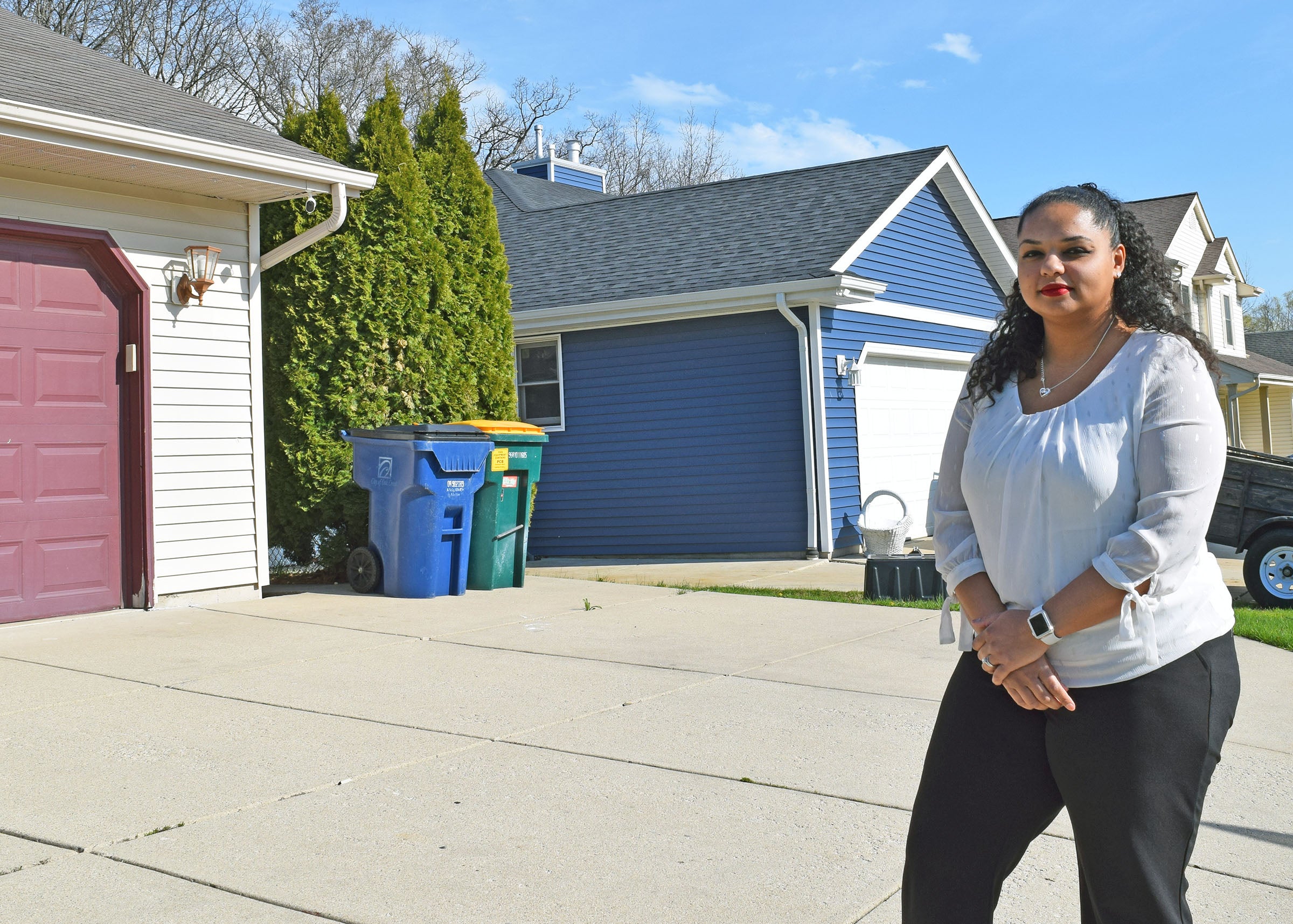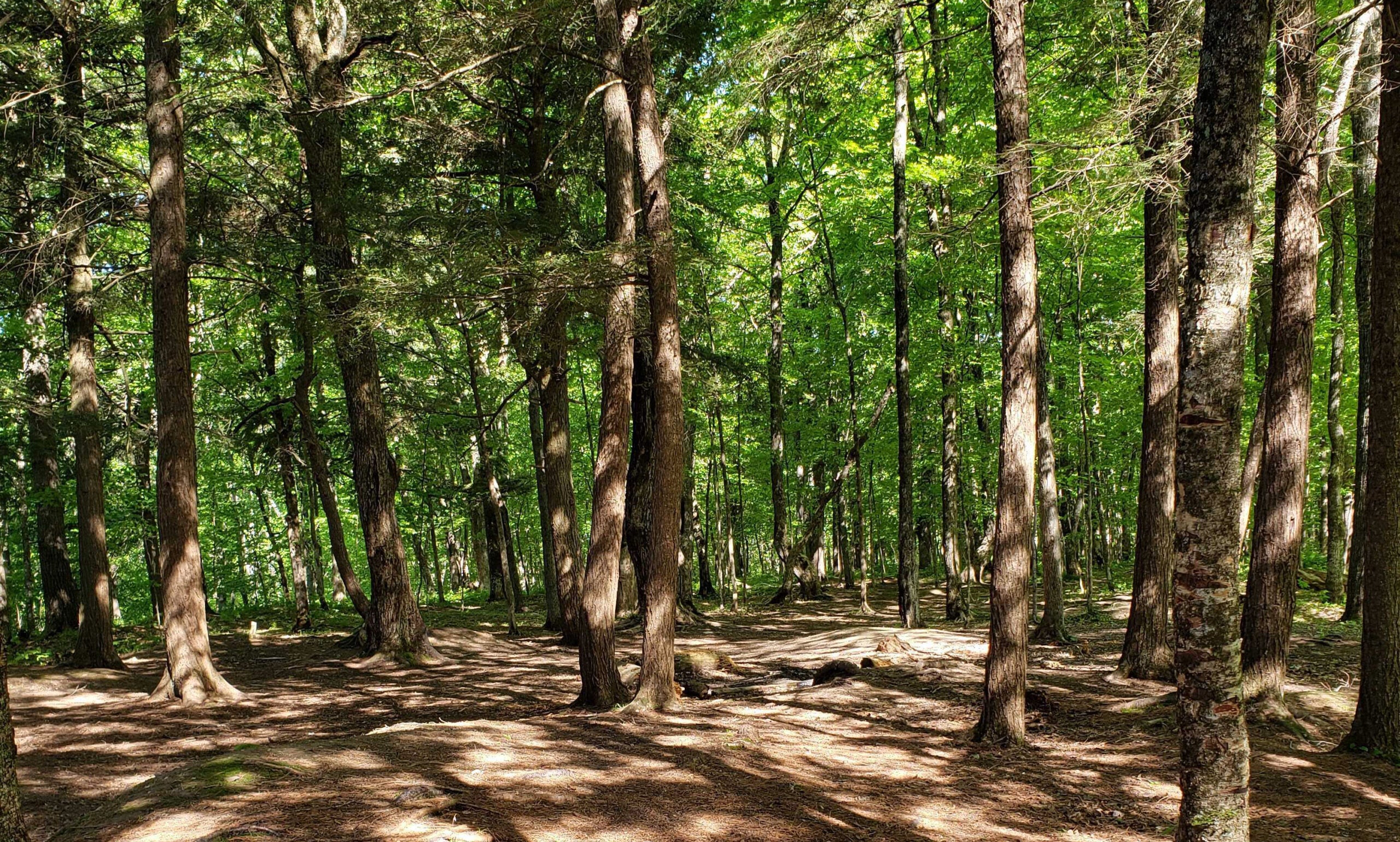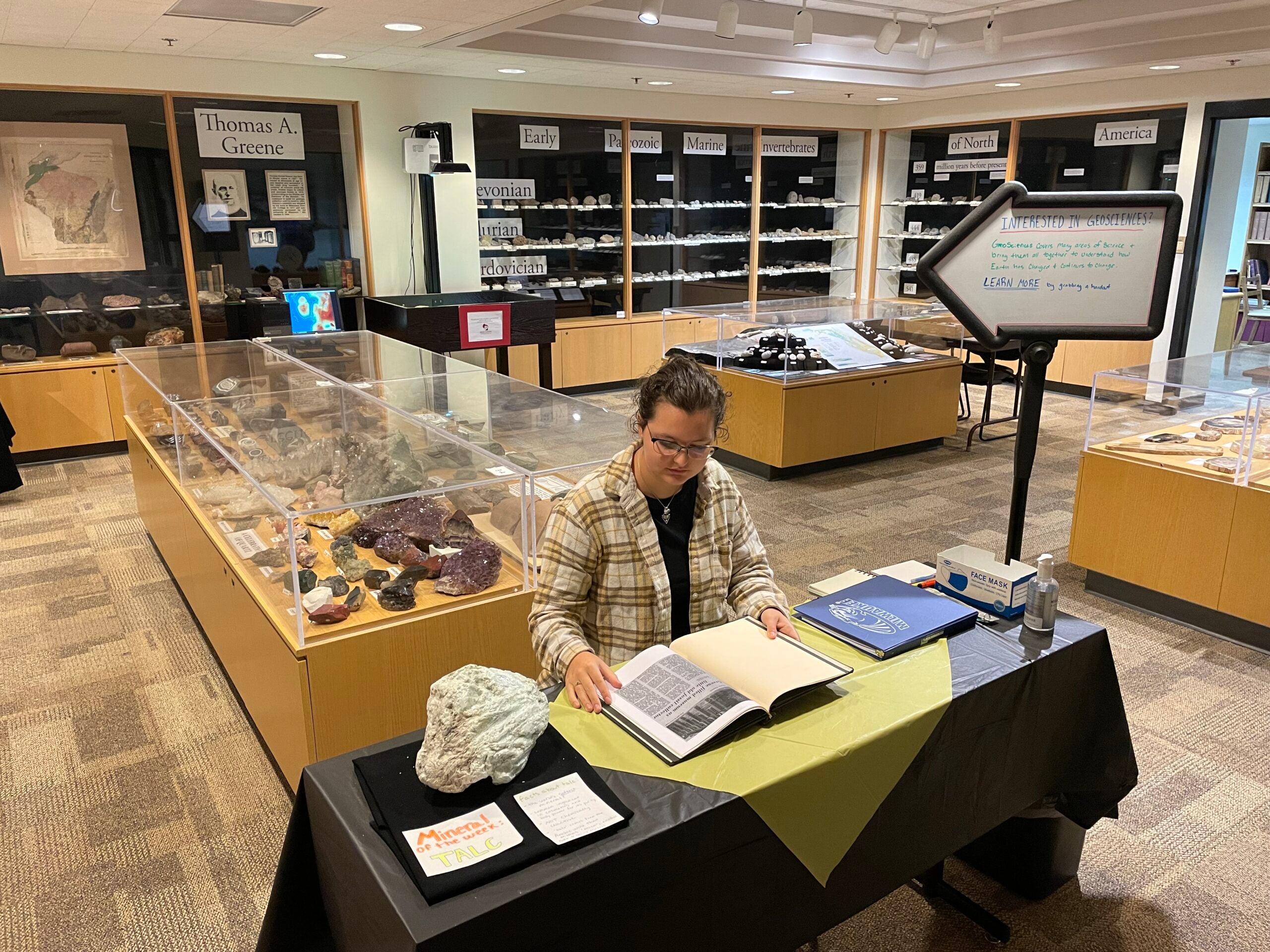Konstantin Sobolev has a piece of concrete on his desk at the University of Wisconsin-Milwaukee. He found the small piece of material while snorkeling in the Mediterranean Sea 25 years ago.
He is unsure of its original location and purpose but it resembles the materials of the old Greek structures of more than 2,000 years ago.
“It is intact. It looks solid. And has an excellent design,” he said.
News with a little more humanity
WPR’s “Wisconsin Today” newsletter keeps you connected to the state you love without feeling overwhelmed. No paywall. No agenda. No corporate filter.
As the director of the new Concrete Advancement Network, a research center aiming to make concrete more durable and sustainable, he often looks at this piece of infrastructure and wonders how to replicate it today.
“With relatively small tweaks to concrete, we can really make revolutionary changes,” he said. “Can we build concrete that will last not 100 years but 200 years?”
Sobolev has been studying concrete for decades. It is one of the most commonly manufactured materials on earth with roughly 30 billion tons used every year for the world’s buildings, roads and bridges.
It is the foundation of our built environment. But this comes with an environmental cost as concrete is responsible for 8 percent of global carbon emissions, according to the U.S. Department of Energy.
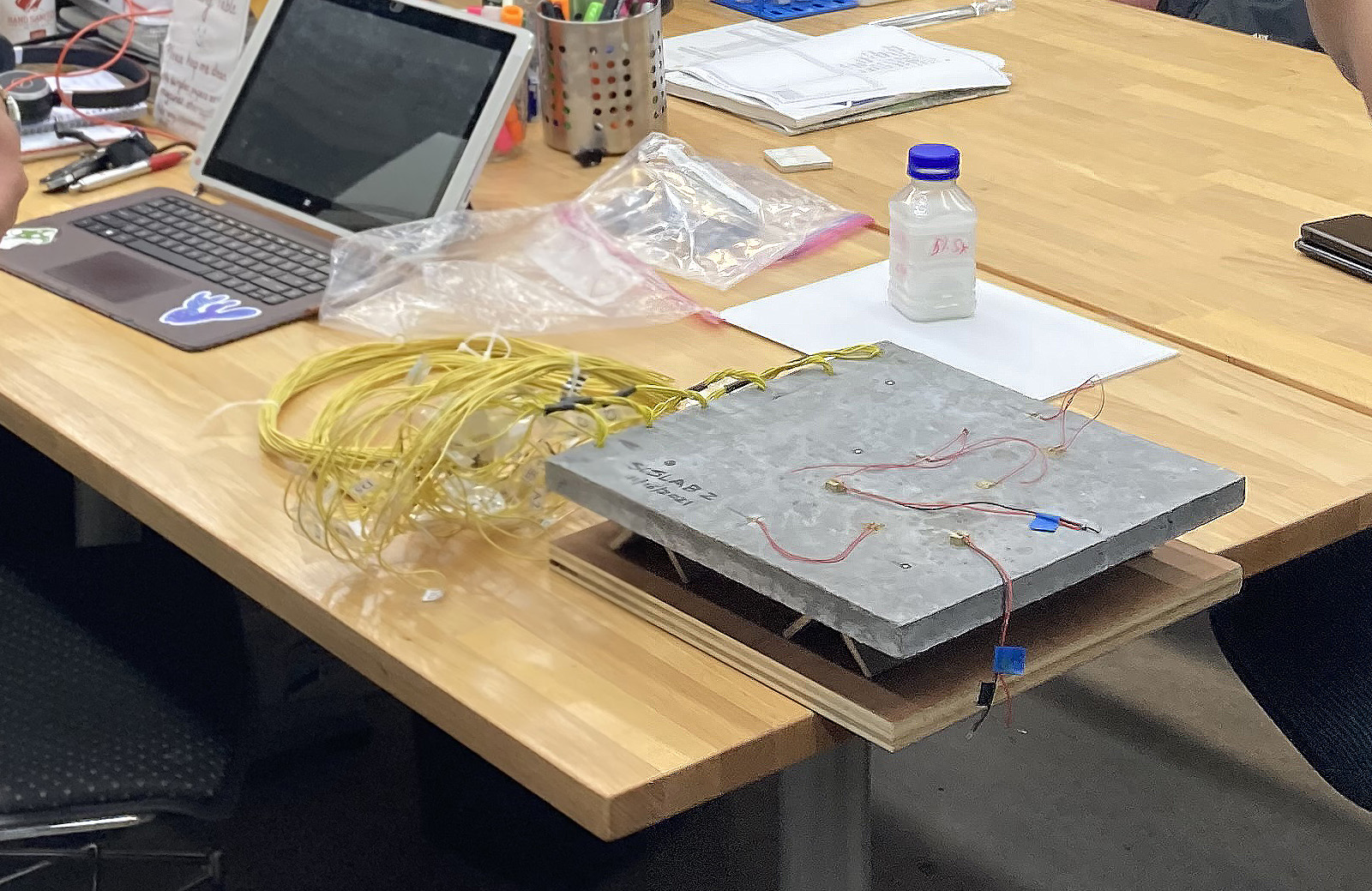
The center is a collaborative effort between UW-Milwaukee, Arizona State University, Oregon State University and the University of Texas at Arlington. It is part of a National Science Foundation program, which pairs academic researchers with industry leaders to accelerate adoption and is backed by a $1.5 million grant.
The center will research ways to make concrete more sustainable and perform better, possibly removing air and water pollution, harvesting solar energy and reacting to damage or deterioration.
“We want to make it better. Make it serve better. And make it sustainable and potentially zero carbon,” he said.
He recently appeared on WPR’s “Wisconsin Today” to discuss two research innovations he and his team are working on.
Protective coating
Sobolev and his team are developing a chemical coating that allows concrete to repel water. “Specifically, it is preventing moisture transport into concrete. Moisture and dissolved water and dissolved chemicals are repelled from the surface,” he said.
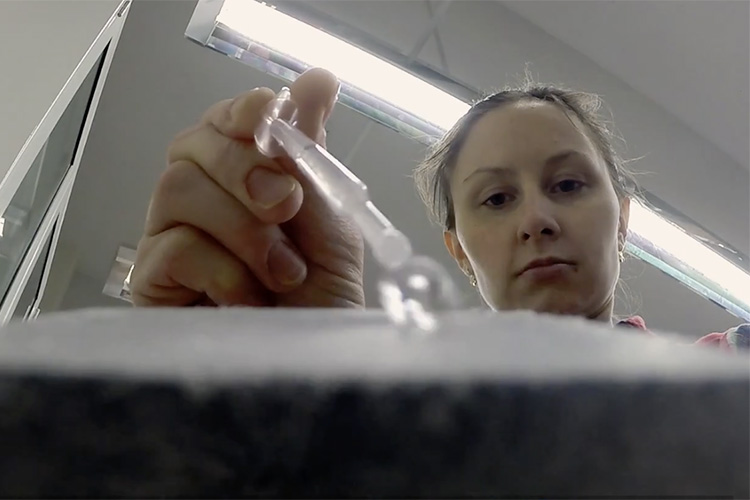
“Concrete is porous material. It has different levels of porosity and it likes water,” he said. “Its structure can easily absorb water, and unfortunately, this makes it weak and (prone to) failure under trees and in town conditions.”
But coating the concrete can keep that water from breaking it down.
Sobolev said they applied the coating outside of their lab 10 years ago on both fresh and old concrete. “The area which was covered by this coating after 10 years … it looks like new,” he said.
‘Smart’ concrete
The center is also developing a smart concrete that can “sense” damage or deterioration. Monitoring large structures like bridges by hand is very expensive.
“We live in a digital era so if we incorporate those smart properties into concrete and monitor it remotely, I think this is the best scenario,” he said. If concrete is able to monitor itself, it could send messages to humans about where there has been deterioration and repairs are needed.
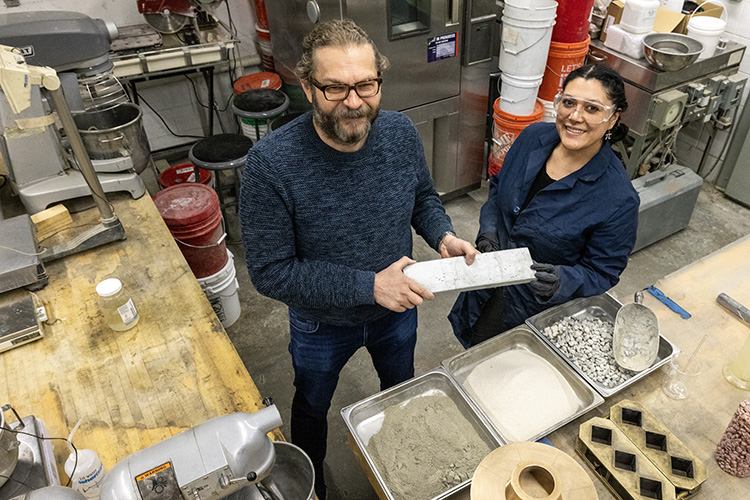
“We’re trying to go beyond this and make self healing concrete as well,” Sobolev said. “So basically concrete that can sense and react. And this would be the next step to have not only a detection mechanism, but also a self healing mechanism.”

